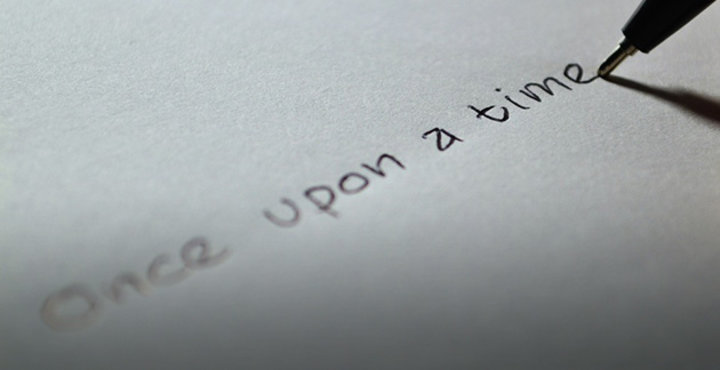One of my fiction writing mentors once said that writing a poem is like going on a date, while writing a novel is like being married. If that's true (and I think there's an element of truth lurking there), then writing short stories is somewhere in the middle. As a short story writer, you’re long past the point of taking your dad's pea-green Pinto to the malt shop to share a milkshake, but at the same time you're not quite ready for a house in the 'burbs with a two-car garage and meatloaf on Wednesdays.
First act
The first act of a short story is known by many names (the set-up, the beginning, etc.). Whatever you choose to call it, remember that short stories always begin in the midst of action. The Latin term for this is in medias res. Short stories don't have the luxury of the novel's long and expansive narrative preambles or a lot of time for creating believable characters. You have to begin with something, anything—getting into a car accident, being picked up by a Tyrannosaurus Rex, falling through the ice of a frozen lake, driving to Grandma's, being abducted by aliens (or abducting humans, if you want to tell the story from the alien's point of view), or selling something of great worth. It really doesn't matter what's happening, so long as something is happening, and that it's short. The beginning of your short story should raise questions that need to be answered, or introduce an event that needs to be resolved, in such a way that readers will be unable to put your story down.
Second act
The second act is characterized by development or rising action. It answers some of the questions raised in the first act, while at the same time raising new questions that will be resolved in the conclusion. This is typically the longest part of the short story and it shows how the characters are trying to return balance to their world, a world that was disrupted in the first act. The second act is where readers really get to know the character(s); sometimes, it helps to write a character sketch for each one first. Remember, a short story doesn't contain many characters. There is no need, or room, for large Dickensian ensembles. Two or three are usually more than sufficient, but bear in mind this is a guideline and not a rule. The only rule, vague as it might be, is to use enough characters to properly tell your story—not a single character more or a single character less.
Third act
Like the first act, the third act is known by many names (plot resolution, dénouement, or conclusion). In the third act, conflicts are resolved and there is a release of narrative tension or anxiety. Readers should feel satisfied at the end of the story. This doesn't mean that everything is necessarily sunshine and lollipops for the protagonist (although it could mean that); this means that readers are not left with any questions about how the story is resolved. There are three main options for short story resolution: win, lose, or draw. The protagonist's life will be better (comedy), worse (tragedy), or remain the same (which, depending on how you write it, is either a comedy or a tragedy).
A short story is short
The short story is predominantly characterized by the succinct use of language. Ernest Hemingway once said that "If a writer of prose knows enough of what he is writing about, he may omit things that he knows and the reader, if the writer is writing truly enough, will have a feeling of those things as strongly as if the writer had stated them." We love short stories and understand it's sometimes difficult to know what should be omitted. So we're ready to help by offering numerous services to meet your needs. Why not try our book critique services and make sure your short story is ready to survive on its own in that big world beyond your keyboard?




